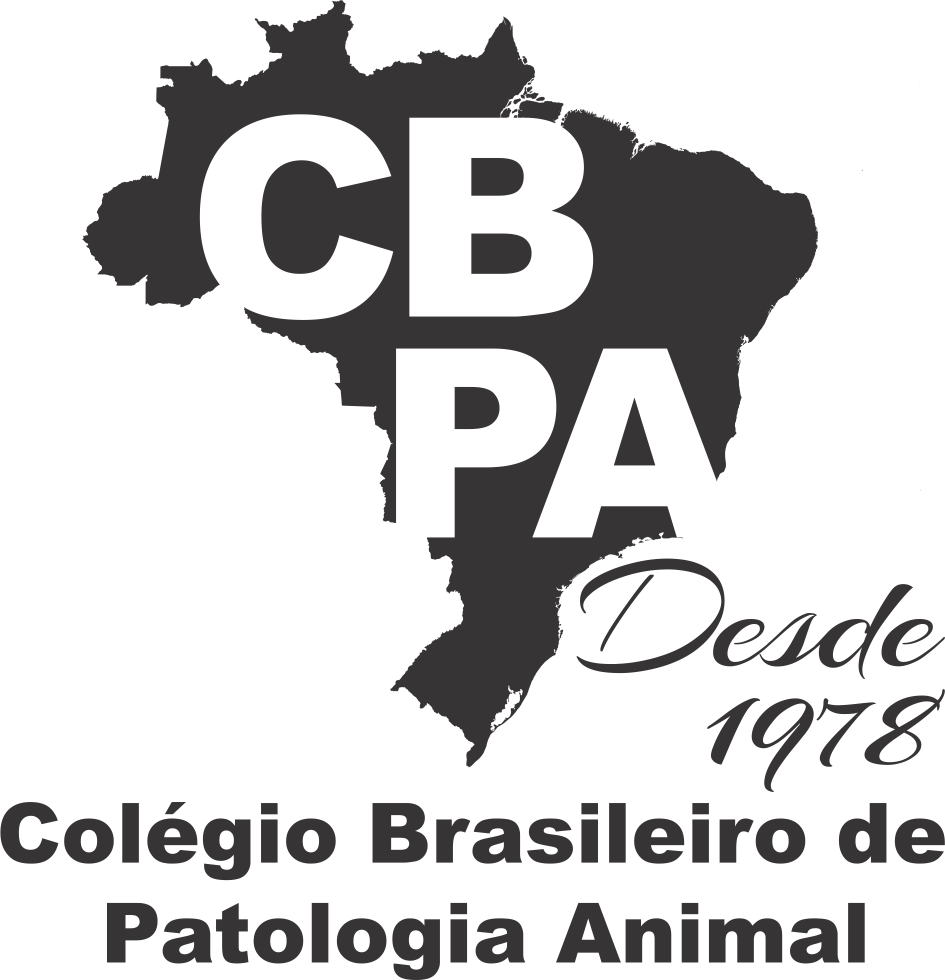Resultado da pesquisa (1)
Termo utilizado na pesquisa Depaoli C.R.
#1 - Immunostimulation of bronchoalveolar response in calves vaccinated against bovine respiratory disease
Abstract in English:
Although intranasal bovine respiratory disease (BRD) vaccines containing live attenuated virus elicit greater stimulation of local humoral immunity response, they can mimic a viral infection, responsible for reducing innate defense during the establishment of vaccine-induced immunity. Probiotics containing Saccharomyces cerevisiae or Enterococcus faecium reduced the occurrence of BRD in neonatal calves challenged with the bovine respiratory syncytial virus (BRSV). Furthermore, the probiotics potentiated the humoral immune response after vaccination in murine models, raising the question of whether they could have the same effect in calves. This study aimed to verify if the probiotic containing E. faecium and S. cerevisiae attenuates the inflammation caused by the vaccine against BRD in the respiratory tract region in calves. Twenty-four healthy Jersey calves, aged 6 to 7 months old, were divided into the groups: control (C), supplemented (S), vaccinated (V), and supplemented and vaccinated (SV), with six animals in each of them. Supplemented groups (S and SV) received S. cerevisiae and E. faecium once a day on D-15 for 51 days (Probios precise®, Ouro Fino®, 2g/day/animal). Vaccinated groups (V and SV) received a single dose of an intranasal BRD vaccine on day 0 (Inforce®, Zoetis®, 1ml/ nostril). The control group was not supplemented or vaccined. Irritation of the respiratory tract and bronchoalveolar (BA) evaluations: cytology, phagocyte function, and IgA were measured on D-15, D3, D7, and D21. The vaccinated groups showed greater irritation of the nasopharynx and trachea. However, only Group V showed a reduction in BA phagocyte function and an increase in cellularity by a neutrophil influx in the BA region. Regarding IgA BA, SV showed the greatest increase, followed by S and V, concerning C. We conclude that isolated supplementation with E. faecium and S. cerevisiae promoted increased production of BA IgA. In association with the vaccine, the supplementation attenuated the inflammation of the respiratory tract produced by the vaccine itself, avoiding the reduction of phagocyte function BA, besides potentiating the humoral immune response of the vaccine containing live attenuated virus against BRD.
Abstract in Portuguese:
Embora vacinas intranasais contra complexo respiratório bovino (CRB) contendo vírus vivo atenuado provoquem maior estimulação de reposta humoral local, elas podem mimetizar uma infecção viral responsável por reduzir a defesa imune inata durante o estabelecimento da imunidade vacinal. Probióticos contendo Saccharomyces cerevisiae e Enterococcus faecium reduziram a ocorrência de CRB em bezerras neonatas desafiados com vírus respiratório sincicial bovino e potencializaram a resposta humoral após a vacinação em modelos murino, gerando-se a dúvida se poderiam ter o mesmo efeito em bezerros. Este trabalho teve o objetivo de verificar se o probiótico contendo E. faecium e S. cerevisiae atenua a inflamação causada pela vacina na região do trato respiratório de bezerras. Vinte e quatro bezerras da raça Jersey, sadias com idade entre 6 a 7 meses de idade foram divididas nos grupos: controle (C), suplementado (S), vacinado (V) e suplementado e vacinado (SV), com seis animais em cada. Os grupos suplementados (S e SV) receberam S. cerevisiae e E. faecium uma vez ao dia, no dia D-15, durante 51 dias (Probios precise®, Ouro Fino®, 2g/dia/animal). Os grupos vacinados (V e SV) receberam a vacina intranasal contra CRB em dose única no dia 0 (Inforce®, Zoetis®, 1ml/ narina). Mensurou-se a irritação do trato respiratório e os parâmetros broncoalveolares (BA): citologia, função de fagócitos e IgA, nos dias D-15, D3, D7 e D21. Os grupos vacinados apresentaram maior irritação da nasofaringe e traqueia, porém apenas o V apresentou redução da função dos fagócitos BA e aumento da celularidade por influxo neutrofílico. Em relação a IgA BA, o SV apresentou o maior aumento, seguido do S e do V, em relação ao C. Conclui-se que a suplementação com E. faecium e S. cerevisiae isolada promoveu aumento de produção de IgA BA. Em associação com a vacina, atenuou a inflamação do trato respiratório produzida pela mesma, evitando a redução da função de fagócitos BA, além de potencializar a resposta humoral da vacina contendo vírus vivo atenuado contra o CRB.









